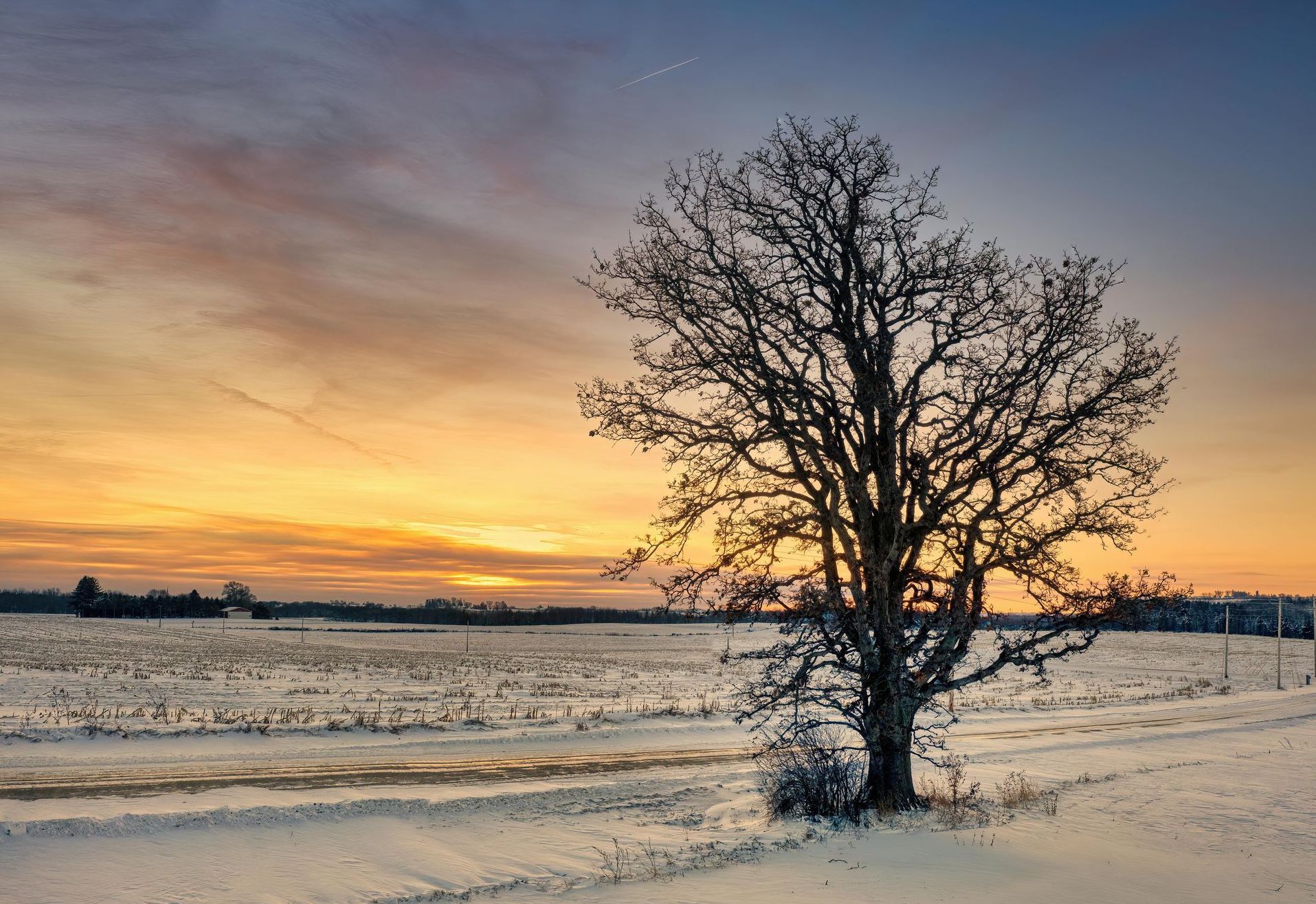After the Winter Solstice - more and more light

Blog vol 5.27. After the Winter Solstice - more and more light.
December 21st , the shortest day of the year, has come and gone. The days grow longer. Someone at the CBC saw all that light and felt it was high time for a report on day light and its effects on the eye.
We have discussed this relationship on other occasions, (look to June 16, 2022, specifically). The maturing eye needs daylight to properly develop. The Covid Pandemic, put us all at home and on our screens, and since then we have been on our screens and inside more than ever. This threat has increased the number of myopes, those have reduced distance vision, and have also increased the severity of myopia in each individual.
The article posted this week on the CBC (read here), brings out the relationship between outdoor time and vision in children. Indoor lighting only provides 500-1000 lux (a unit of light), whereas the outdoors gives us 2000-5000 lux, depending on cloud conditions and the time of day and year. That makes a huge difference. Studies show that an extra 2 hours of outdoor time can help reduce myopia development. Dr. Lisa Christian, from the School of Optometry at Waterloo University, points out that the outdoor time can be done in smaller portions as it is not necessary to have a continuous 2 hours to make a difference. Not the first time that I have prescribed light for a patient.
What is really cool is that it is so easy and as an added perk it gets us off our screens. There is no doubt that the combination of increased light and the reduced screen time all contribute to myopia management (read more here). There are other factors to consider, of course, but the main point here is that we all have access to the outdoors, and being Canadians, we do have a lot of space to run around. So get outside, enjoy the outdoors and you parents, get out with your kids. Also remember to get those young eyes checked early and often.
Til next week,
The good doctor






